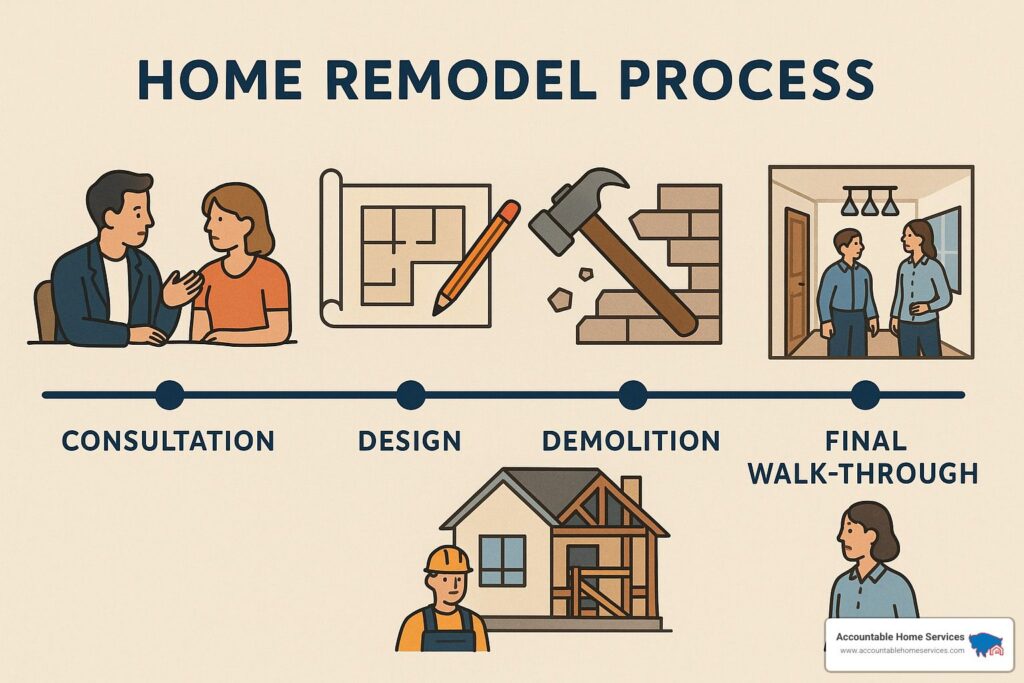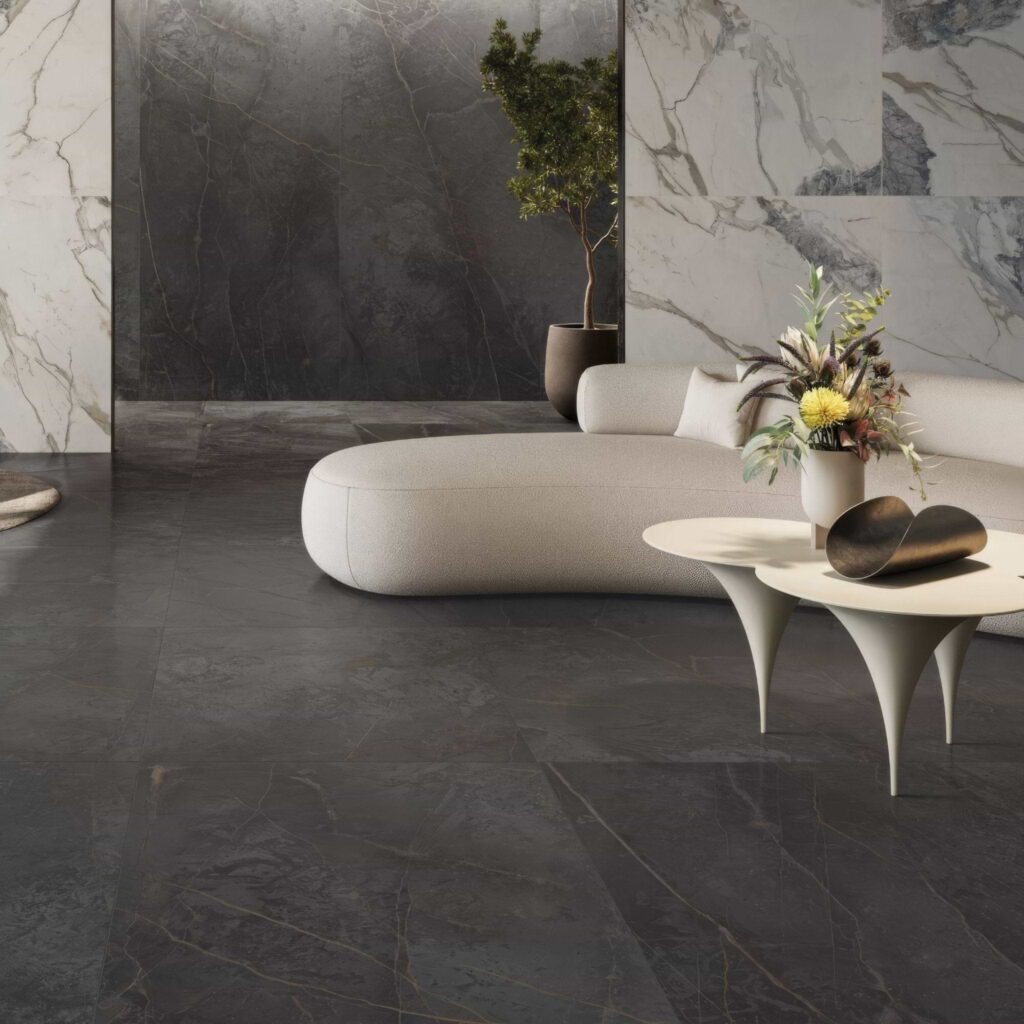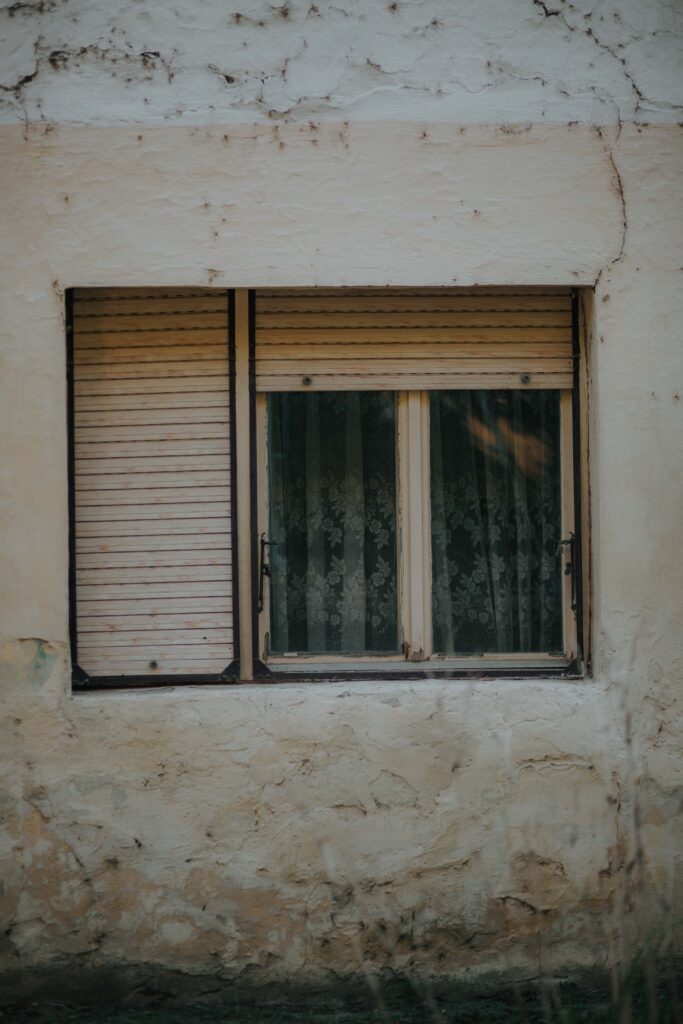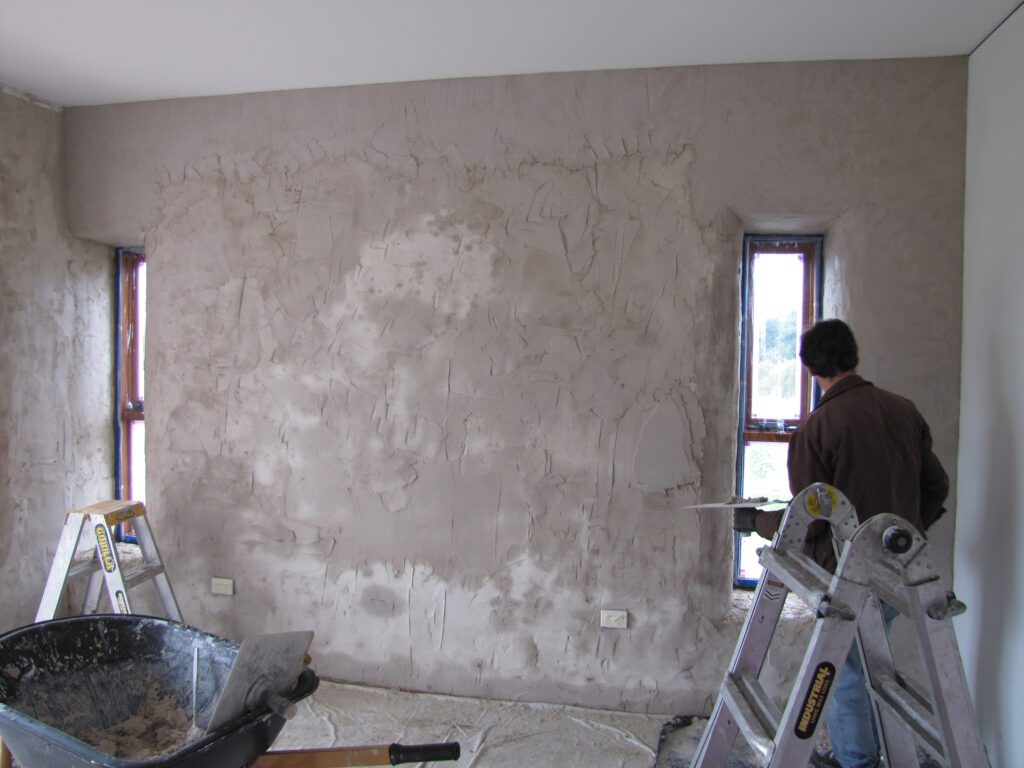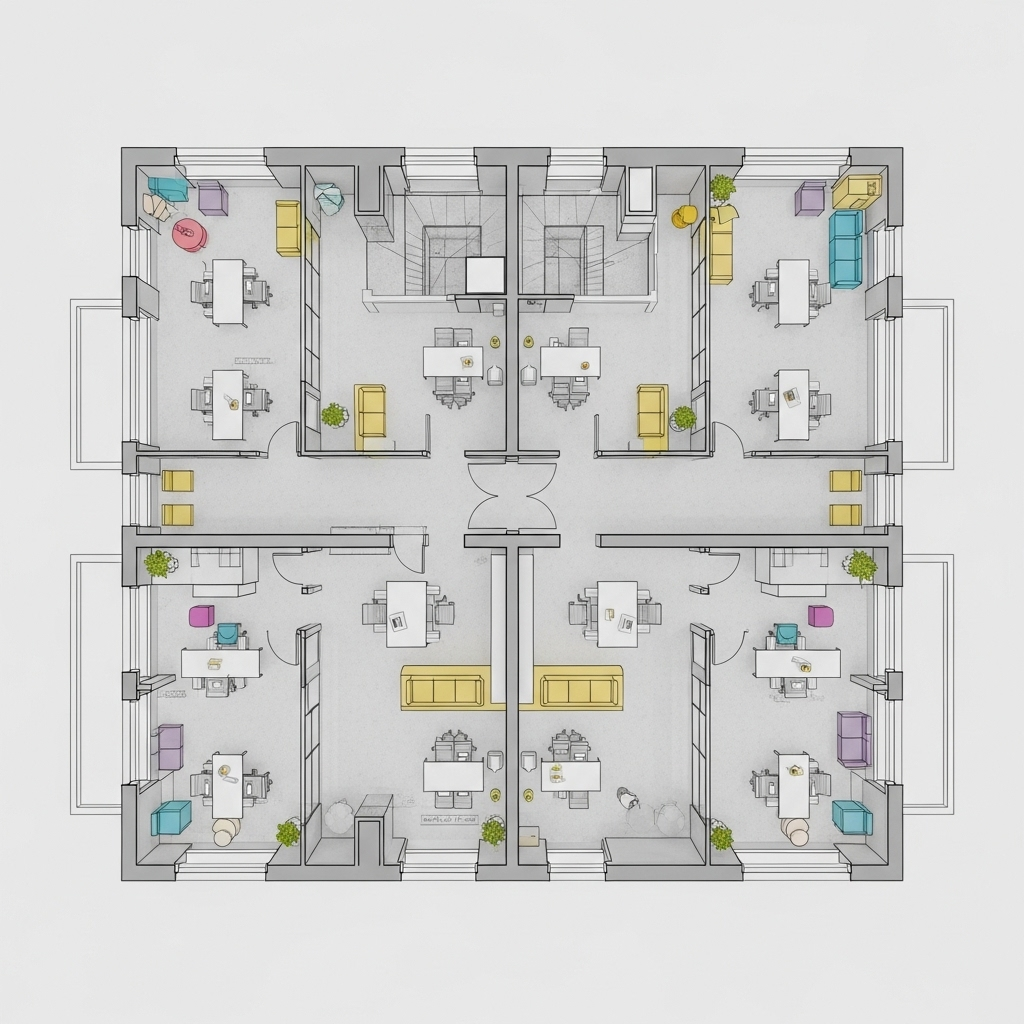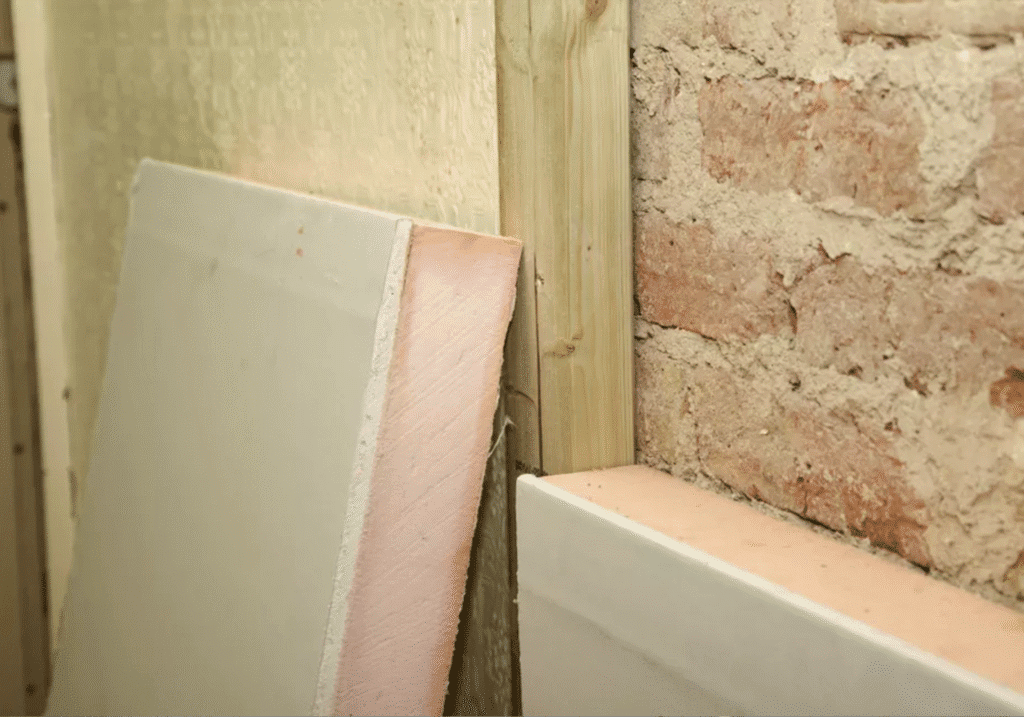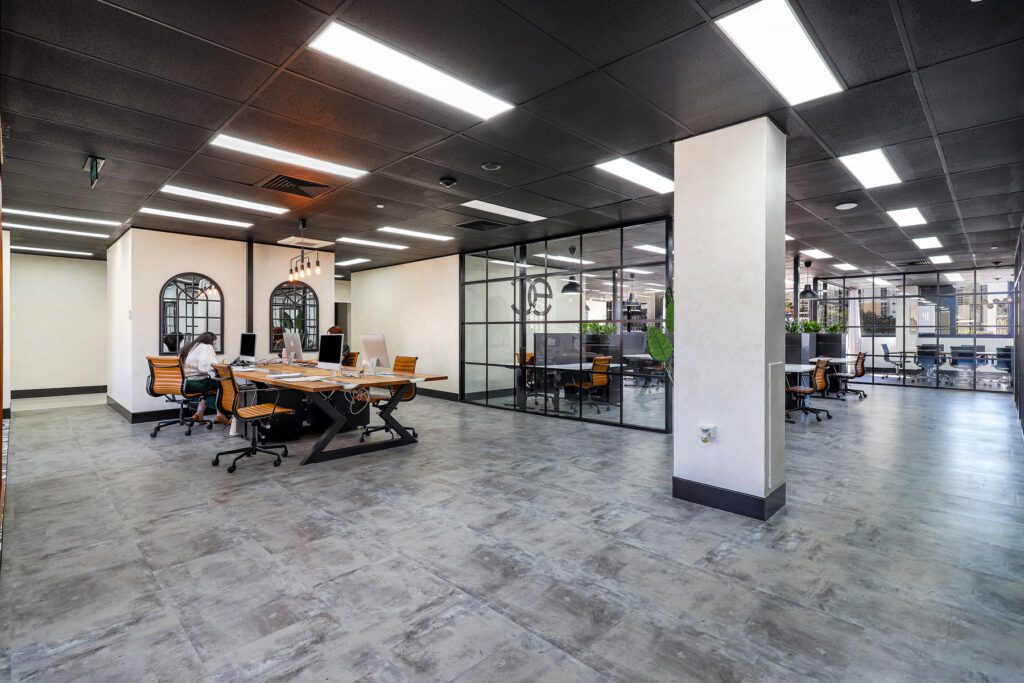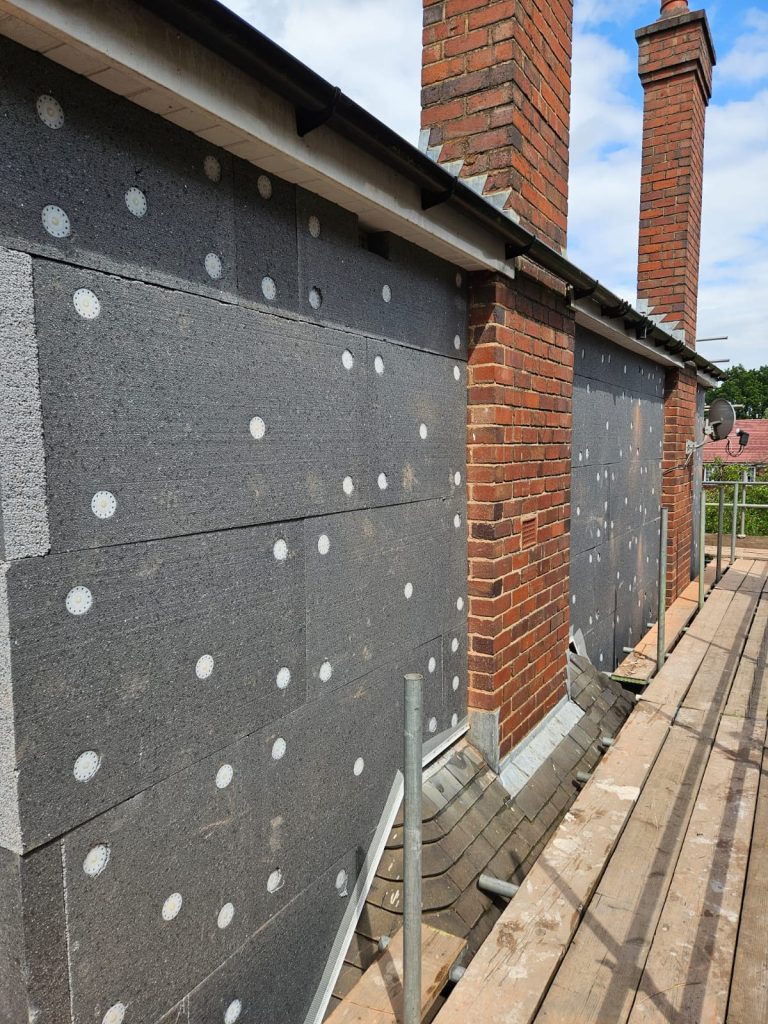Stuck on ‘Renewal’ – Your Renovation Crossword Clue Solved!
Puzzled by that tricky 7-letter renovation crossword clue? Let’s crack the code together with expert insights from Kent’s leading plasterers. Decoding the Clue: Understanding Renewal in Home Improvement In the world of crossword puzzles, finding that perfect 7-letter word for renovation can be as challenging as planning a home improvement project. The word ‘RENEWAL’ often appears as the solution, and it’s no coincidence. As experienced plasterers in Kent, we understand that renewal represents more than just a crossword answer – it’s the essence of what we do. True renewal in property improvement encompasses the restoration of both aesthetic appeal and structural integrity. Recent studies show that 67% of UK homeowners prioritise property renewal projects that add long-term value to their homes. The concept of renewal in home improvement typically involves: Structural renovations that breathe new life into aging properties Surface improvements that transform tired spaces Modern updates that enhance functionality Restoration of period features to their former glory Energy-efficient modifications for sustainable living The Perfect Fit: Why Revival Could Be Your Answer When pondering that renovation crossword clue, ‘REVIVAL’ emerges as another perfect 7-letter solution. In the context of property improvement, revival signifies a complete transformation that goes beyond simple repairs. According to recent industry data, property revival projects in the UK saw a 23% increase in 2023, highlighting the growing trend towards comprehensive home improvements. As Kent’s trusted plasterers, we’ve witnessed firsthand how revival projects can dramatically enhance property value and living quality. Key aspects of property revival include: Modernising outdated features while preserving character Implementing contemporary design elements Upgrading essential systems and infrastructure Creating open-plan living spaces Incorporating sustainable materials and methods Beyond the Puzzle: Professional Insights on Property Renewal Moving from crossword solutions to real-world applications, professional property renewal requires expertise, planning, and precision. Industry statistics reveal that 78% of successful renovation projects begin with professional consultation. As experienced plasterers in Bromley and Kent, we’ve observed that the most effective renewal projects follow a systematic approach. This includes thorough assessment, detailed planning, and professional execution using high-quality materials and techniques. Essential elements of professional property renewal: Comprehensive property assessment and planning Expert craftsmanship and attention to detail Quality material selection and preparation Proper timing and project management Focus on long-term durability and value Transformation Through Professional Craftsmanship Professional plastering plays a crucial role in property transformation, serving as the foundation for beautiful interiors. Recent surveys indicate that 89% of successful renovation projects involve professional plastering services. Our expertise in Kent has shown that quality plastering work can dramatically improve both the aesthetic appeal and structural integrity of a property. The transformation process involves careful preparation, skilled application, and meticulous finishing to ensure outstanding results. The impact of professional plastering on property renewal includes: Enhanced wall and ceiling aesthetics Improved thermal efficiency Better sound insulation Increased property value Long-lasting durability Making the Connection: From Crossword to Real-World Renovation Just as solving a crossword requires strategy and knowledge, planning a renovation project demands careful consideration and expertise. Studies show that well-planned renovation projects can increase property value by up to 25%. As Kent’s leading plasterers, we recommend approaching your renovation project with the same methodical thinking you’d apply to solving a challenging crossword puzzle. This means breaking down the project into manageable components, understanding the requirements, and working with professionals who can deliver quality results. Essential steps for successful renovation planning: Setting clear objectives and timelines Establishing realistic budgets Choosing qualified professionals Obtaining necessary permissions Planning for contingencies Your Next Steps in Property Revival Whether you’ve solved the renovation crossword clue or are planning an actual property revival, the next steps are crucial. Industry experts predict a 15% rise in home improvement projects across Kent in 2024, indicating growing confidence in property investment. As experienced plasterers in Bromley and Kent, we recommend starting with a professional consultation to assess your property’s needs and potential. This ensures your revival project delivers maximum value and satisfaction. Consider these final tips for your property revival journey: Research local renovation trends and property values Consult with experienced professionals Develop a detailed project timeline Plan for temporary living arrangements if needed Focus on quality materials and workmanship Remember, whether you’re solving a crossword or planning a renovation, success lies in attention to detail and choosing the right solutions. Contact Kent’s trusted plasterers for expert guidance on your property renewal journey. Sources [1] https://www.crosswordsolver.com/clue/RENOVATION [2] https://www.word-grabber.com/crossword-solver/all-answers-for-the-clues/Renovate/ [3] https://www.snappywords.com/crossword-solver/renovation
Stuck on ‘Renewal’ – Your Renovation Crossword Clue Solved! Read More »

